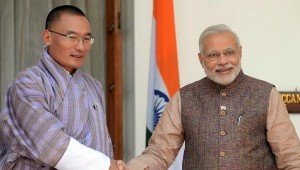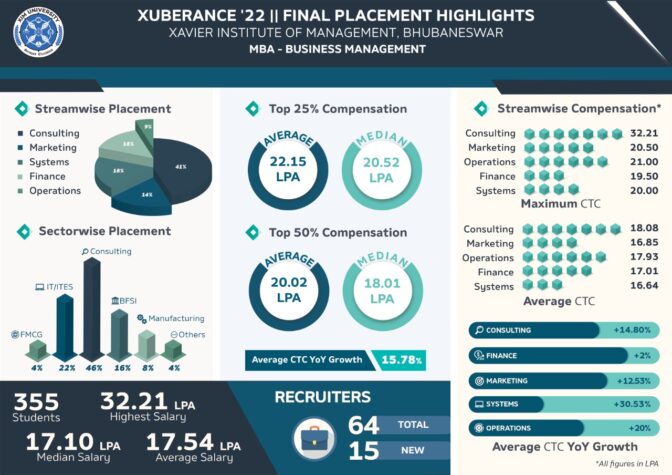
You might like reading:

XIM, Bhubaneswar accomplishes 100% placements for its 34th Batch
Established in 1987, Xavier Institute of Management, Bhubaneswar is a premium B-school in the country with a rich legacy of grooming leaders of tomorrow. The two-year flagship Business Management program has consistently been ranked as one of the finest business curriculums in the country. Carrying forward its rich legacy of over 34 years of management education, we believe in imparting […]

A currency that can replace dollar as reserve currency
A few months back, some businessmen launched world’s first gold ATM in London. You put in your credit card and the machine will give you the real gold. The current global economic scenario has become increasingly interesting with the gold rising and the euro and the dollar falling apart. The point here to be noted is, the dollar is in […]






























